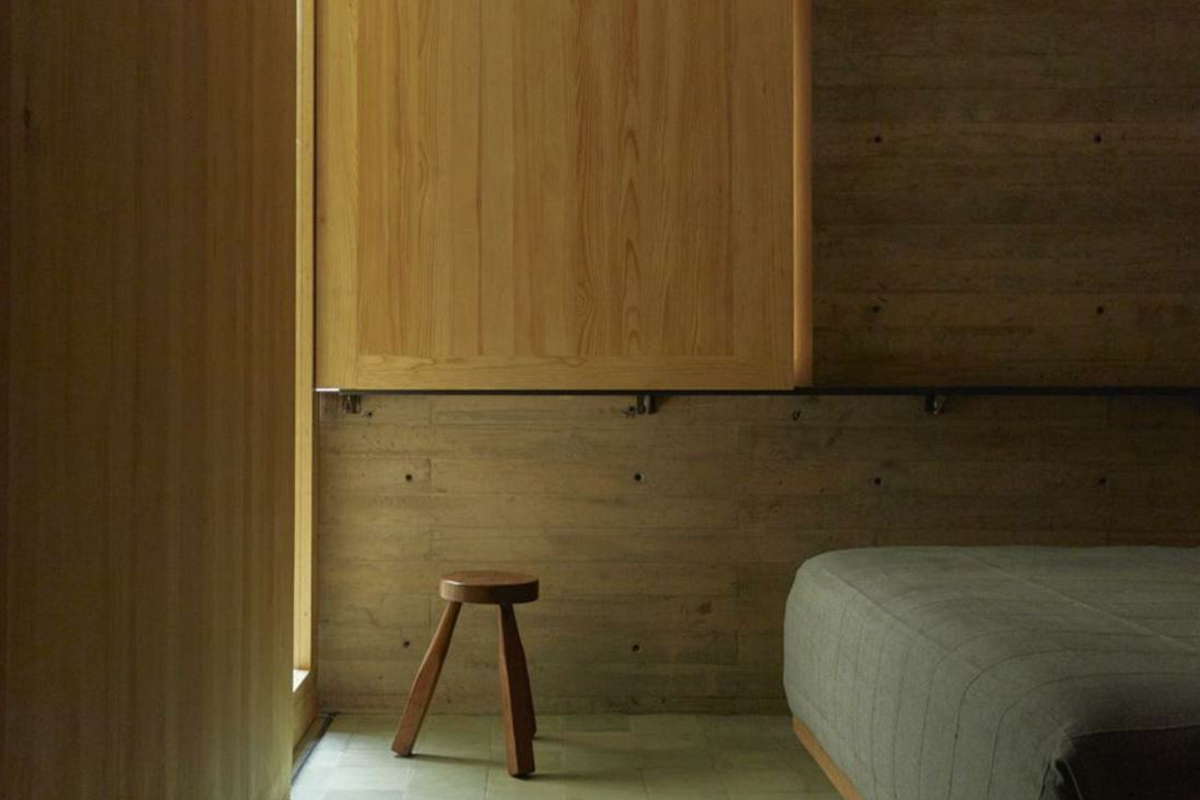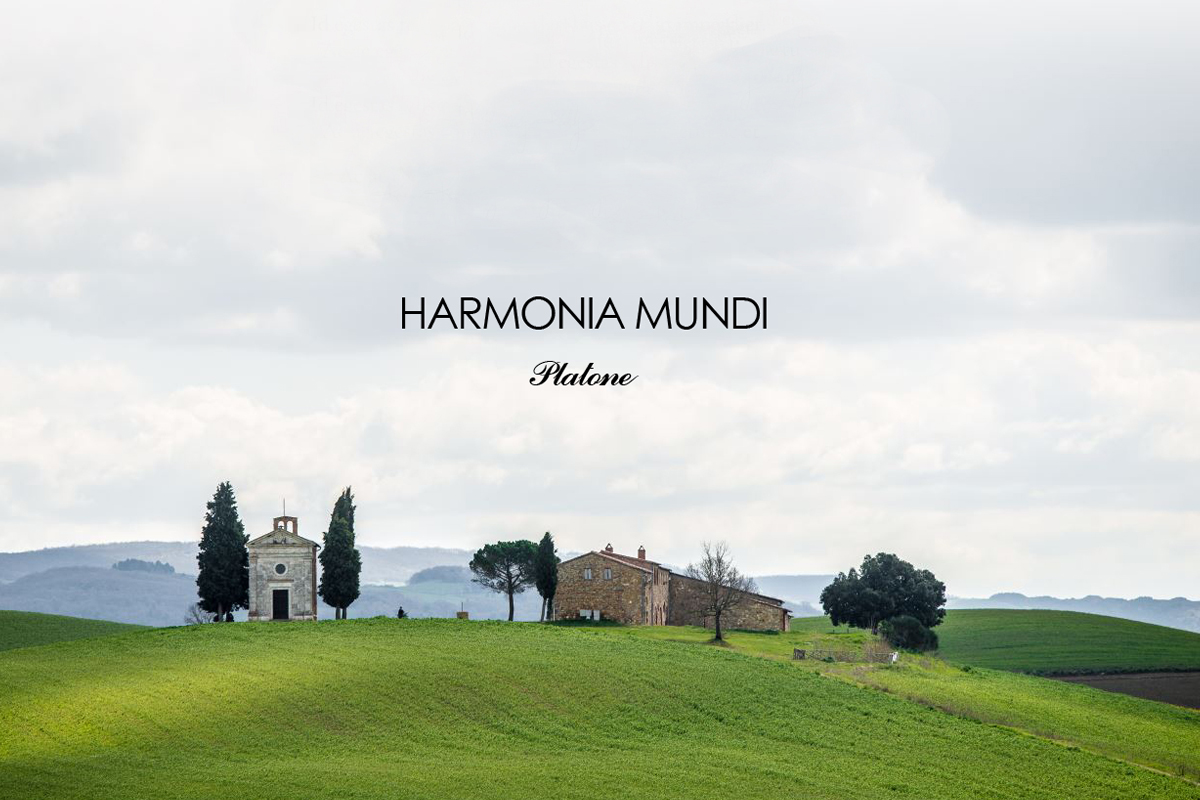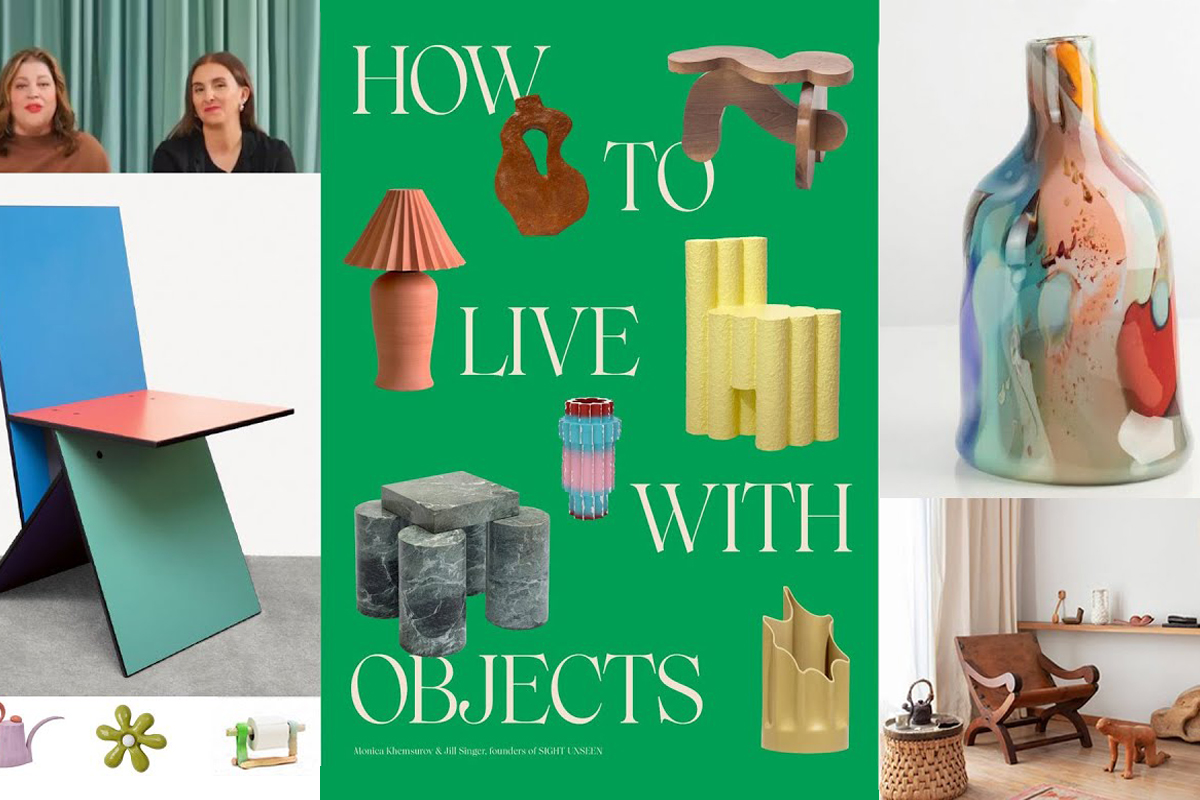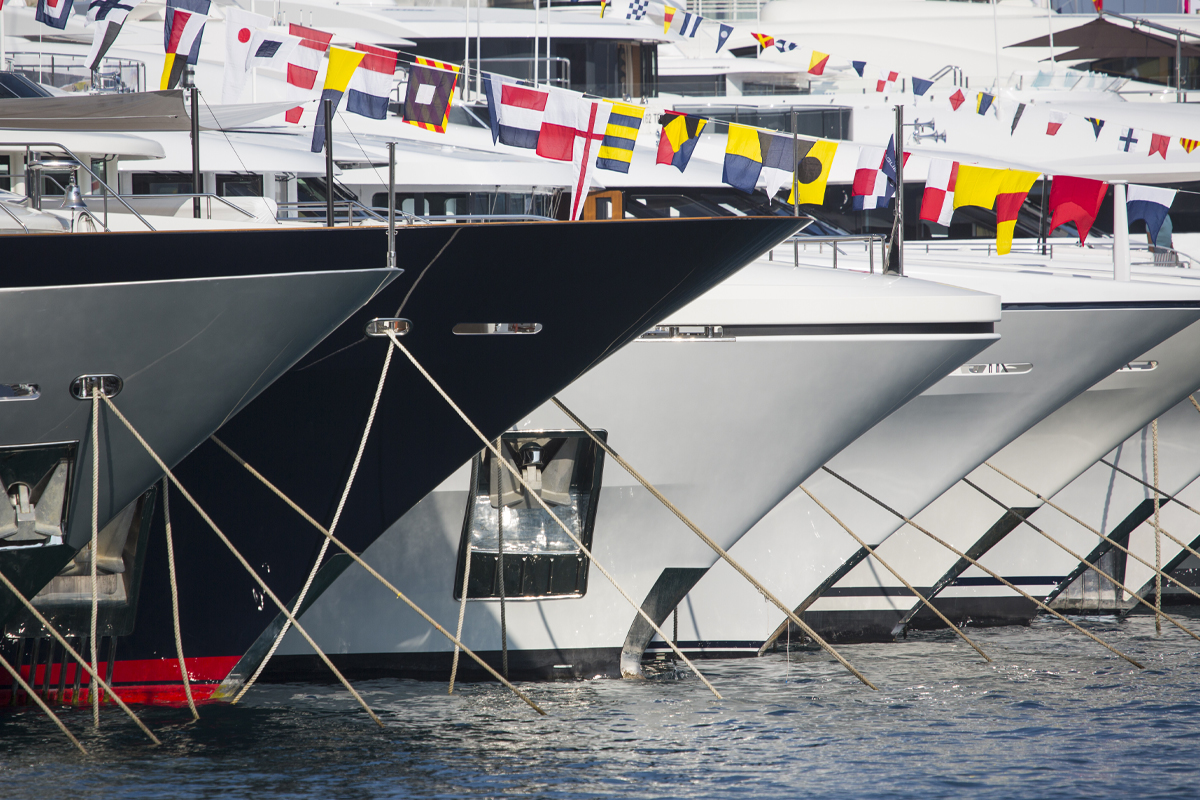Let’s say it right away: Brady Corbet did what no director has managed to do in decades. He took brutalist architecture – those gray concrete buildings everyone calls “ugly” – and made you want to live inside one. After 3 and a half hours of film you’re not only not bored, but you leave the cinema looking at every building with different eyes.
Why concrete can be sexy (seriously)
While everyone shoots with lenses that make buildings look crooked, Corbet used a special photographic technique that lets you see houses like you’ve never seen them. Suddenly you understand why certain forms work and others don’t. Those straight lines, those enormous spaces, that light entering precisely where needed: everything makes sense.
The home of your dreams (if you have courage)
The film’s protagonist designs a house-cultural center that doesn’t exist in reality. But watching it on screen you think: “There, I’d live in it.” Why? Exposed concrete, huge windows, spaces that flow into one another, natural light that changes throughout the day. It’s the opposite of identical apartments: here every square meter has a reason to exist.
No fake decorations, no coverings that hide the structure. If there’s a beam, you see it. If there’s a load-bearing wall, you celebrate it. It’s honest architecture: what you see is what it is. Like choosing a partner: better one who doesn’t pretend to be what they’re not.
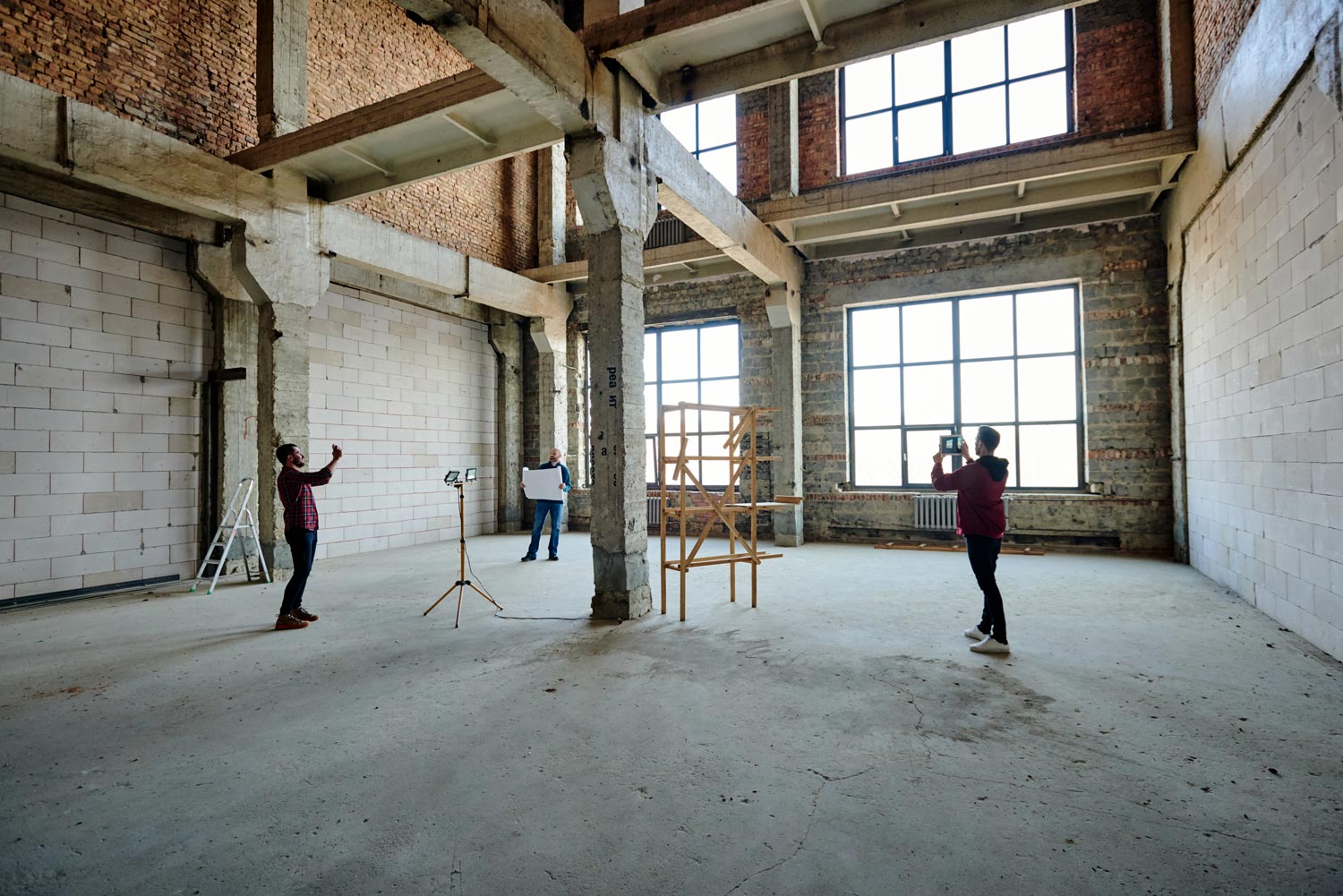
Why your home should be like this
Here’s the revelation: brutalism is architecture for those who hate fake things. Have you ever entered one of those “design” homes with fake rustic, fake antique, fake modern? Well, brutalism is the opposite. Real materials that age well, large spaces that adapt to life, zero maintenance of fake surfaces.
In the film you see how it really works: in winter the concrete accumulates heat and returns it to you in the evening (one of the elementary criteria of “bio” architecture, which we at G&P have been designing for decades). Large windows save you on electric lighting. Open spaces transform according to needs: today dining area, tomorrow study, the day after ballroom. It’s intelligent architecture that adapts to you, not the other way around.
Spaces that change lives
Look at the library scene in the film: from a traditional and claustrophobic environment to a space that breathes, with shelves that open like secret doors. The furniture? Steel and leather, beautiful as the first day even after twenty years.
And then there’s work: the film shows you what it’s really like to live in these spaces. They’re not cold, they’re calm. They’re not sad, they’re serene. The light changes throughout the day, the surfaces tell the story of time passing, every corner has a precise purpose.
Brutalist Homes 2025: The Future Is Already Here
Today when everyone talks about sustainability, brutalism gives you all the answers. Those heavy, massive buildings? They last a hundred years without renovations. Exposed concrete? Zero maintenance, zero paint that flakes off. Large spaces that adapt: today living room, tomorrow office, in ten years whatever’s needed.
And then there’s energy: thick walls that keep cool in summer and warm in winter. Windows designed to let light in but not heat. It’s the home of the future that already existed in the ’60s. Only back then we didn’t have climate change and sky-high bills.
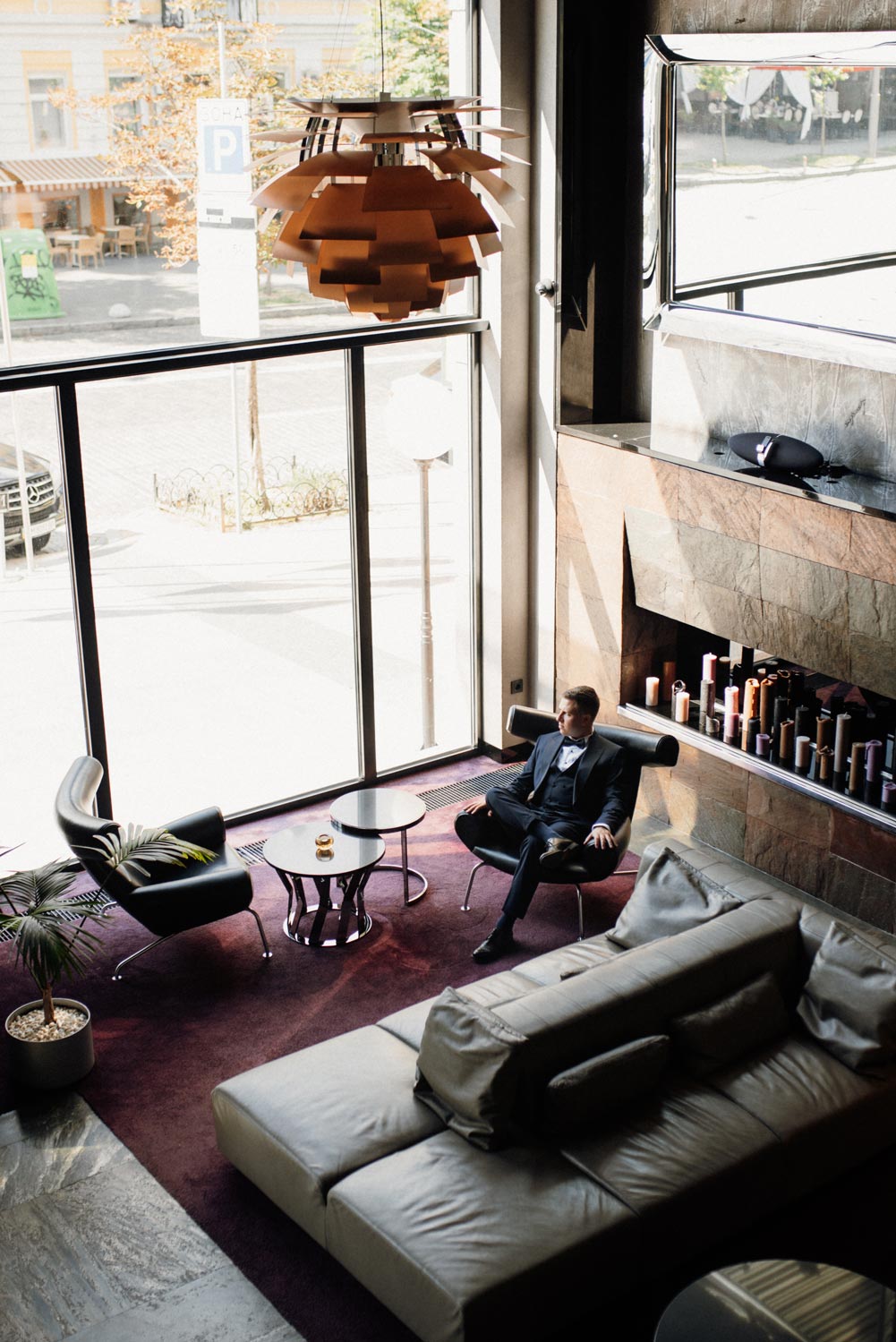
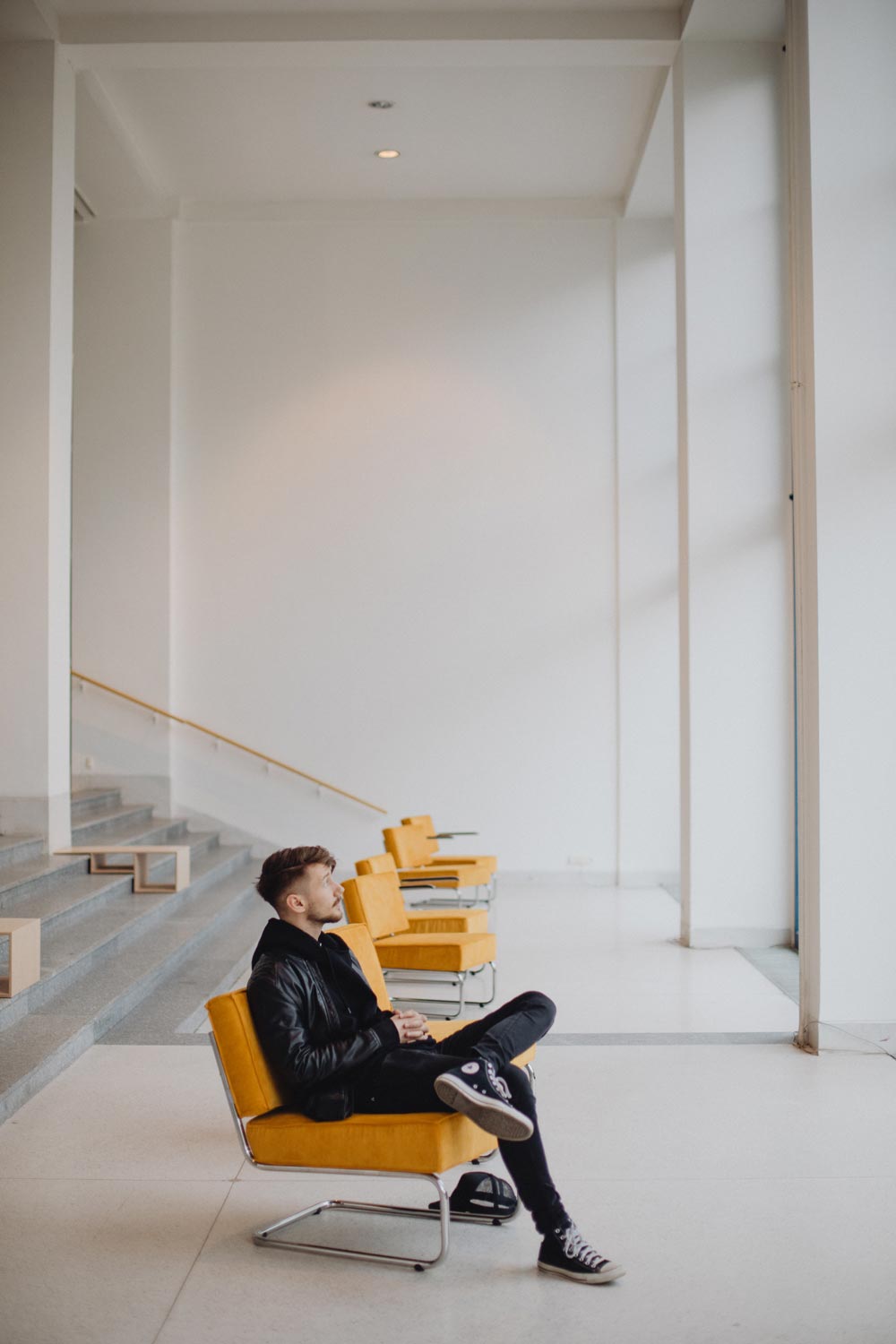
How to bring it to your home (without demolishing everything)
You don’t have to live in a bunker. Brutalism is also small things: an exposed concrete wall in the entrance, steel and leather furniture that lasts a lifetime, direct natural lighting instead of lamps everywhere. Spaces that breathe instead of small, overloaded rooms.
Look at how the film’s protagonist lives: few essential pieces of furniture, materials that age well, spaces that change function. It’s minimalism that really works.
The concrete that makes you dream
The film’s brilliant paradox is that it uses concrete – the “coldest” material that exists – to tell the most emotional story of the year. Exposed concrete becomes warm under sunlight, massive forms make you feel protected, enormous spaces give you breathing room.
The legacy: how to live better
“The Brutalist” isn’t just a film about building a house. It’s a film that teaches you to live better. It makes you understand that spaces influence mood, that natural light is better than any antidepressant, that having fewer but better things makes you feel better.
After seeing it, every time you enter a house you look: where’s the light? How are the rooms arranged? Are the materials honest or pretending to be something else? Brutalism, with its total sincerity, becomes a lifestyle: choosing substance over appearance.
